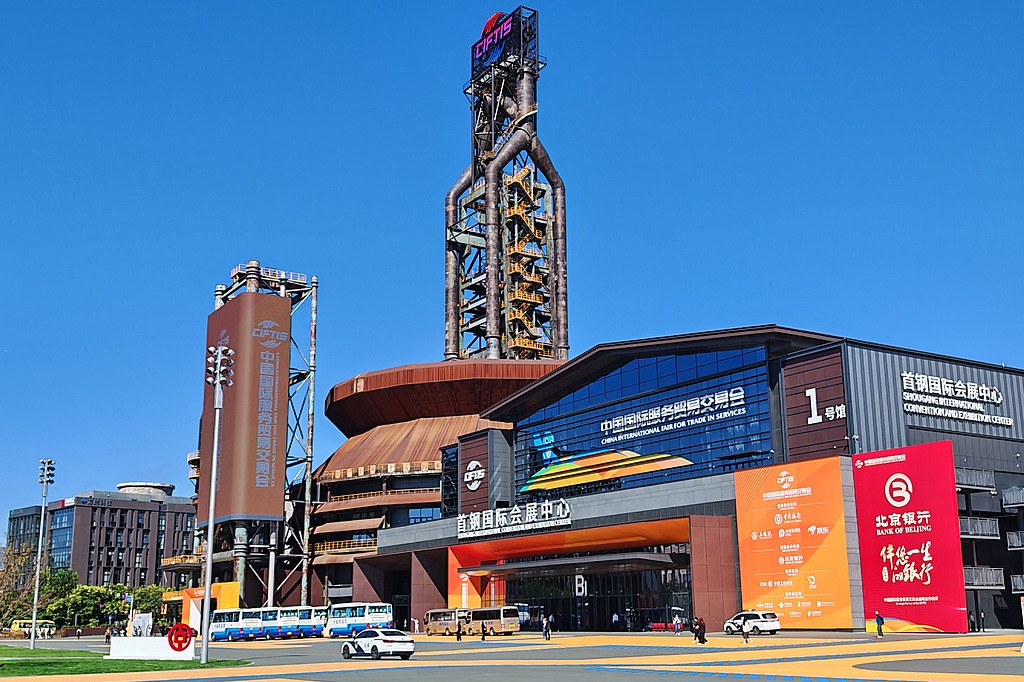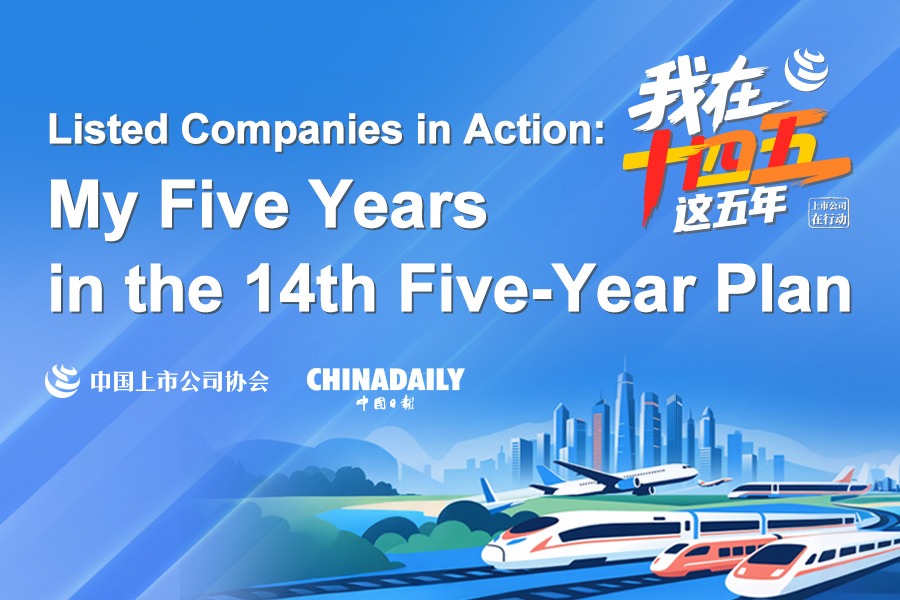Central region growth is focus of new guideline


High-quality development
In April 2020, Nio, a major electric car startup, announced it would establish its China headquarters in Hefei, capital of Anhui province. Now, a year later, some 100,000 Nio vehicles rolled off its Hefei production line. Its global headquarters remains in Shanghai.
During an interview in 2020, when speaking about locating its China headquarters in Hefei, Li Bin, founder and CEO of Nio, said the company has been manufacturing in Hefei since the very beginning and the team in Hefei has grown rapidly, laying a solid foundation for the company's growth.
He also mentioned that the city's location is a bonus. Hefei is only two hours by high-speed rail from Shanghai and less than two hours from Nanjing, capital of Jiangsu province.
With a number of prestigious universities, including the University of Science and Technology of China, Li believes in the city's huge talent potential.
Several other leading enterprises have set up shop in Anhui over the past decade, including BOE Technology Group Co Ltd, a leading Chinese supplier of display products and solutions.
Since 2006, when the national strategy of the rise of the central region was put in place for the very first time, regions including Anhui have greatly benefited from policies. The strategy of providing incentives for the six provinces to lure investment and create economic drivers was then upgraded in 2016.
"Before the strategy, Anhui was in a relatively tough spot. It does not border the sea, nor is it eligible for policy benefits and strategic investment like other regions in western China," said Song Wei, dean of the School of Public Affairs, University of Science and Technology of China, or USTC. The prestigious university is also located in Hefei.
"Provinces like Anhui have enjoyed tremendous benefits, including tax breaks, fiscal support and more streamlined approval for investment projects after the strategy was announced. These have accelerated growth of technological innovation and modern manufacturing," Song said.
Liu from the NDRC said over the past decade, cities like Wuhan in Hubei as well as Hefei have performed well in industrial transformation, first by engaging in traditional industries and later by attracting businesses from new and emerging sectors.
"Ten years ago, cities in Central China were mainly carrying on traditional industries. Their success in attracting and boosting new industries has enabled them to seek high-quality growth and make regional development more balanced," Liu said.
"From a demographic point of view, in recent years, we have noticed a trend of increasing population return, indicating that a growing number of people are returning from urban and coastal areas to central regions," Su from CAFS said.
Given that these provinces have always been rich in labor resources, Liu said the net growth in populations in Central China will give a boost to the region's high-quality growth.
Challenges and leveraging potential
At the moment, Song from USTC believes that development challenges facing provinces like Anhui include a comparatively high degree of repetitive industrial construction and how to maintain growth in a greener, more sustainable manner.
"One of the key challenges that these areas are facing is how to draw a proper balance between accelerating upgrading of traditional industries and strengthening environmental protection, which will be a test for local governance,"Song said.
In a similar vein, Liu from the NDRC said the goal of peaking carbon emissions by 2030 will also pose challenges. But compared to regions more reliant on energy, he said the central region has been pursuing a more balanced growth pattern over the past decade. Therefore it is less energy intense, and will not see notable changes to its growth pattern.
Liu has made multiple trips to most of these provinces since 2018. His latest trip to Hubei was last year, when the region was gradually recovering from the COVID-19 pandemic.
"From an industrial perspective, these regions are seeking a new economy development path, yet industries they are nurturing need to be more synergized," he said, adding that Henan has been strong in automobiles and smartphones, but skilled workers have been a bit scattered across the region.
Putting traditional industries aside, Liu believes that the central region has huge room for development in cultural, new economy and tourism sectors.
He said the six provinces in the central region are places where traditional culture is deeply entrenched. For example, Zhengzhou, capital of Henan province, used to be China's capital during ancient times. In recent years, some emerging cultural products have gained wide popularity. Some have even gone viral, such as this year's Lantern Festival Gala, produced by Henan TV Station.
Cai Zhibing, associate professor in regional economy at the Party School of Central Committee of CPC(also the National Academy of Governance) noted that nurturing international city clusters will be a challenge, and also a key step.
"Empirical evidence in regional growth at home and abroad indicates that high-quality regional economies need the support of good city clusters. The central region in China still has a long way to go," Cai said, adding that the most developed city in the region is Wuhan, whose 2020 GDP stood at 1.5 trillion yuan. This is about 40 percent that of Shanghai, indicating a notable development gap.
Urban cycles are particularly significant for high-quality growth of the central region, as their development will define growth for the whole region," Cai said.



































